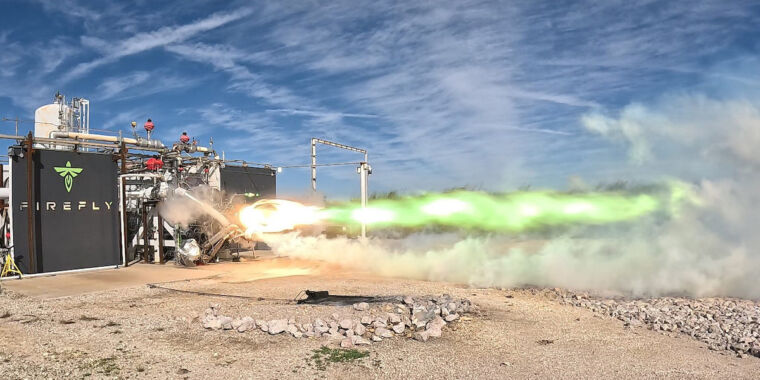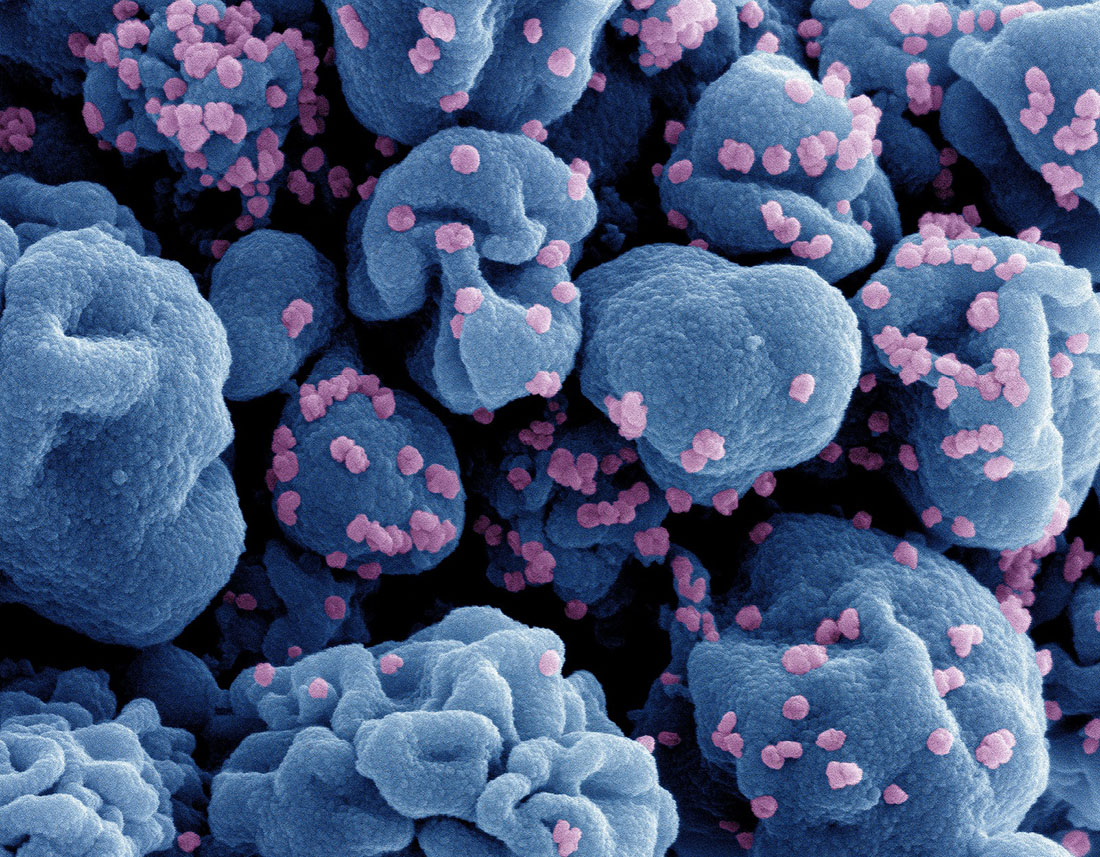A neuroimaging study in Canada found functional connectivity differences between individuals suffering from dissociative PTSD and healthy participants across many different regions of the brain. Researchers discovered widespread functional hyperconnectivity patterns in individuals with PTSD that likely serve a compensatory function, helping preserve global brain functioning. The study was published in Nature Mental Health.
Dissociative post-traumatic stress disorder is a subtype of PTSD characterized by the presence of dissociative symptoms in addition to the typical PTSD symptoms. People with dissociative PTSD experience feelings of detachment or disconnection from their surroundings or themselves, which can manifest as depersonalization (feeling detached from one’s body or self) and derealization (feeling detached from the external world).
This subtype of PTSD often occurs in individuals who have experienced severe and prolonged trauma, such as childhood abuse or multiple traumatic events. Dissociative symptoms serve as a coping mechanism to help the individual manage overwhelming stress and anxiety. These symptoms can complicate the diagnosis and treatment of PTSD, as they can interfere with the person’s ability to process and integrate traumatic memories.
Study author Saurabh B. Shaw and his colleagues note that previous studies found brains of individuals with dissociative PTSD to show specific patterns of neural activity. Neural activity patterns of individuals with dissociative PTSD also tend to be different from those of individuals with other types of PTSD. These researchers sought to build on the previous work and map differences in neural activity patterns across different areas of the brain.
Based on previous findings, the study authors expected to find enhanced resting-state functional connectivity in brain regions involved in sensory and motor-related networks, as well as in the brain’s salience network. The salience network is a group of brain regions, primarily including the anterior insula and anterior cingulate cortex, that work together to detect and filter relevant stimuli and facilitate the switch between different brain networks involved in attention and cognitive control. Resting-state functional connectivity refers to the way different parts of the brain naturally communicate with each other when a person is relaxed and not focused on any specific activity.
The study authors also anticipated that the differences would be most pronounced in the ventromedial prefrontal cortex, cerebellum, and fronto-orbital cortex brain regions, with participants suffering from dissociative PTSD showing altered functional connectivity.
Participants in the study included 50 adults suffering from the dissociative form of PTSD, 84 suffering from other types of PTSD, and 63 healthy individuals serving as controls. They were recruited between 2009 and 2022 through a combination of referrals from healthcare workers and advertisements within the London, Ontario community in Canada. Study participants completed a set of questionnaires assessing their demographic, behavioral, and clinical characteristics. They also underwent magnetic resonance imaging of their brains.
Results showed small functional connectivity differences between participants with PTSD and healthy participants in the temporal regions of the brain and the right frontoparietal network. The right frontoparietal network is a brain network involving the right frontal and parietal lobes. It is associated with attention, working memory, and cognitive control.
Differences in functional connectivity between participants with dissociative PTSD and healthy participants were widespread and much larger. They spanned subcortical regions of the brain, sensorimotor regions, and other intrinsic connectivity networks. Intrinsic connectivity networks are brain networks that show consistent patterns of synchronized activity while the brain is at rest, reflecting its fundamental functional architecture.
“These patterns of hyperconnectivity are thought to serve a compensatory function to preserve global brain functioning in participants experiencing trauma-related dissociation,” the study authors concluded.
The study sheds light on the differences in neural activity patterns between healthy individuals and individuals with PTSD. However, the study used a healthy group of participants who had not experienced trauma as a control, not individuals who survived trauma but remained healthy. Because of this, it remains unknown whether the observed differences are indicators of the traumatic experience or of PTSD.
The paper, “Large-scale functional hyperconnectivity patterns in trauma-related dissociation: an rs-fMRI study of PTSD and its dissociative subtype”, was authored by Saurabh B. Shaw, Braeden A. Terpou, Maria Densmore, Jean Théberge, Paul Frewen, Margaret C. McKinnon, and Ruth A. Lanius.

Dr. Debi Johnson is a medical expert and health journalist dedicated to promoting well-being. With a background in medicine, she offers evidence-based insights into health trends and wellness practices. Beyond her reporting, Dr. Debi enjoys hiking, yoga, and empowering others to lead healthier lives.







